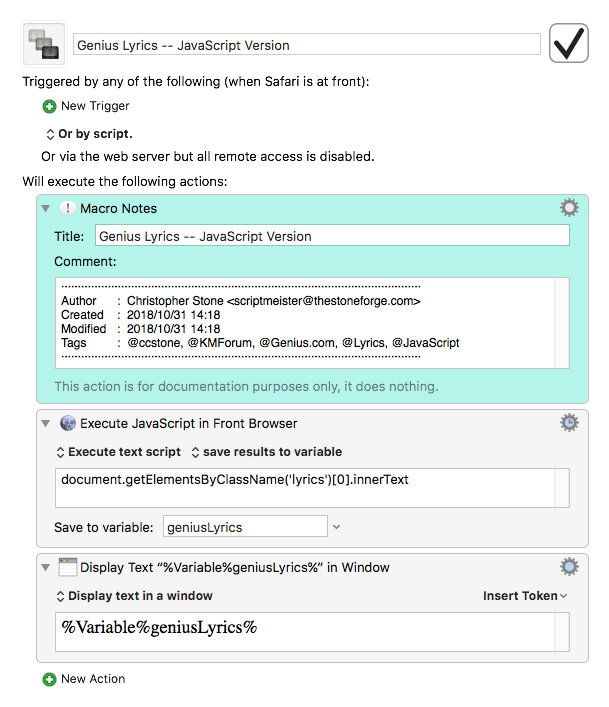

LA-PDFText is an open-source tool for accurately extracting text from full-text scientific articles. Finally, we discuss preliminary error analysis for our system and identify further areas of improvement. We then compared this accuracy with that of the text extracted by the PDF2Text system, 2commonly used to extract text from PDF. Additionally, we have compared the accuracy of the text extracted by LA-PDFText to the text from the Open Access subset of PubMed Central. We also present an evaluation of the accuracy of the block detection algorithm used in step 2. We show that our system can identify text blocks and classify them into rhetorical categories with Precision 1 = 0.96% Recall = 0.89% and F1 = 0.91%. The system works in a three-stage process: (1) Detecting contiguous text blocks using spatial layout processing to locate and identify blocks of contiguous text, (2) Classifying text blocks into rhetorical categories using a rule-based method and (3) Stitching classified text blocks together in the correct order resulting in the extraction of text from section-wise grouped blocks.

The LA-PDFText system focuses only on the textual content of the research articles and is meant as a baseline for further experiments into more advanced extraction methods that handle multi-modal content, such as images and graphs. Our paper describes the construction and performance of an open source system that extracts text blocks from PDF-formatted full-text research articles and classifies them into logical units based on rules that characterize specific sections.
#Article text extractor pdf#
In this paper we introduce the ‘Layout-Aware PDF Text Extraction’ (LA-PDFText) system to facilitate accurate extraction of text from PDF files of research articles for use in text mining applications. The absence of effective means to extract text from these PDF files in a layout-aware manner presents a significant challenge for developers of biomedical text mining or biocuration informatics systems that use published literature as an information source.
#Article text extractor portable#
The results obtained show insights related to innovative educational trends that practitioners can use to improve strategies and interventions in the education sector in a short-term future.The Portable Document Format (PDF) is the most commonly used file format for online scientific publications. The results take on meaning through an application of data mining techniques and a data visualization algorithm for complex networks. The first stage employs topic-modeling using LDA (latent dirichlet allocation) to identify topics, which are then subjected to sentiment analysis (SA) using machine-learning (developed in Python). This article shows how useful knowledge can be extracted and visualized from samples of readily available UGC, in this case the text published in tweets from the social network Twitter. Students and teachers are therefore a rich source of user generated content (UGC) on social networks and digital platforms. Education is the keystone area used in this study because it is deeply affected by digital platforms as an educational medium and also because it deals mostly with digital natives who use information and communication technology (ICT) for all manner of purposes.

The aim of this article is to lay a foundation for such techniques so that the age of big data may also be the age of knowledge, visualization, and understanding. New analysis and visualization techniques are required to glean useful insights from the vast amounts of data generated by new technologies and data sharing platforms.


 0 kommentar(er)
0 kommentar(er)
